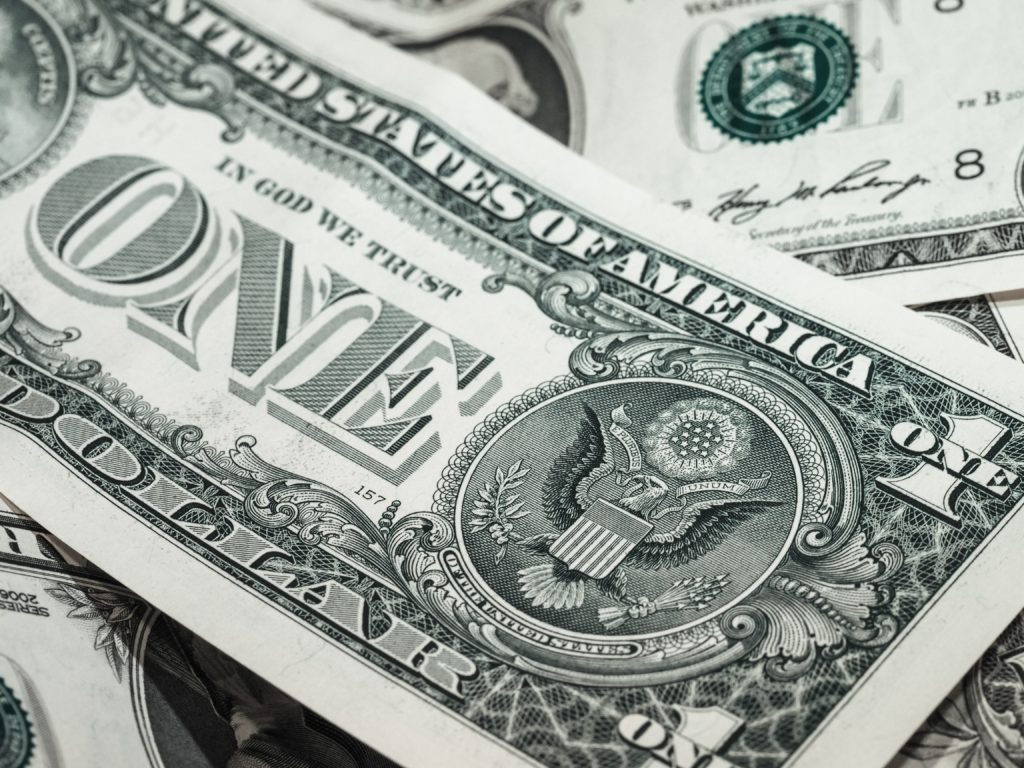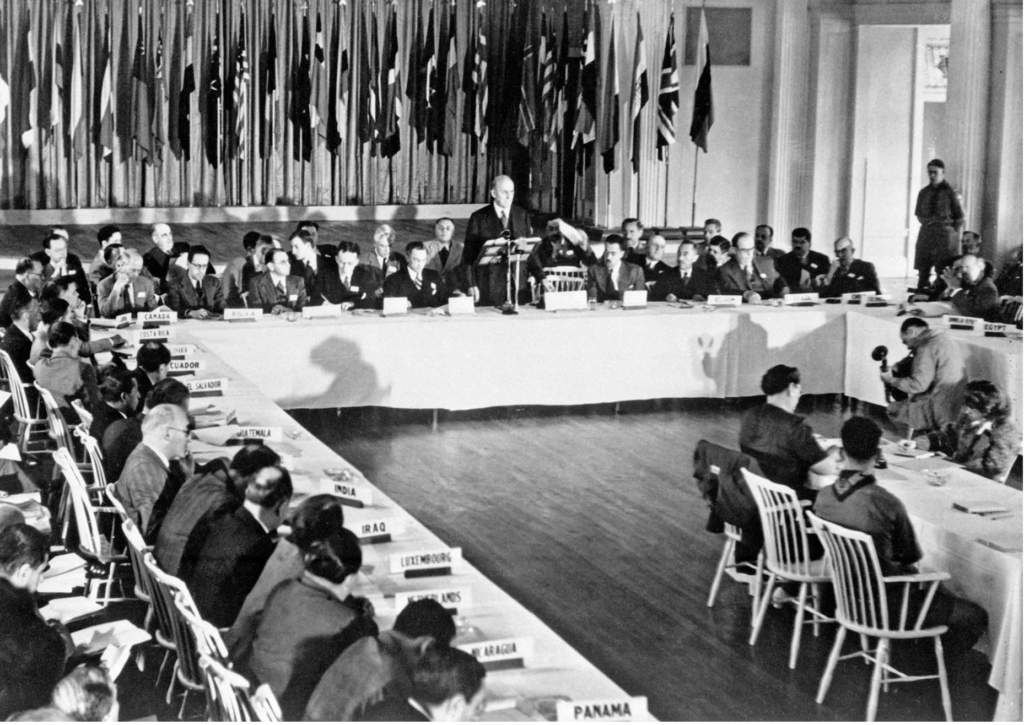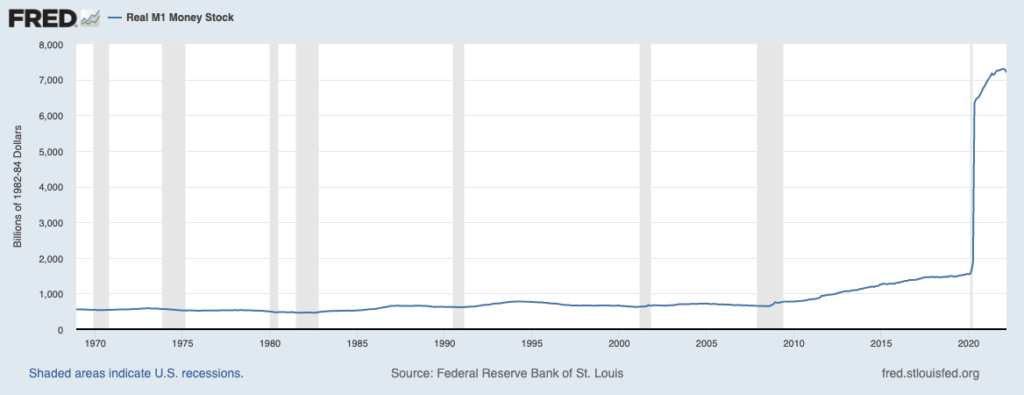Related Blogs
May 5, 2022 | Avalon Team
 The most profound seismic shift in the global monetary bedrock in decades is happening right now, right before our very eyes… and no one seems to notice or care.
The most profound seismic shift in the global monetary bedrock in decades is happening right now, right before our very eyes… and no one seems to notice or care.
But eventually, they’ll have to.
As I’ve been warning investors, we are rapidly shifting into a new regime. Inflation is forcing the Fed’s policy hand in a direction not seen for 50 years.
Additionally, stagflation, mean reversion of asset valuations, supply limitations, regime change in asset leadership, on-shoring of manufacturing capacity, and the loss of US Dollar (USD) leadership are all happening at once.
It’s the latter topic of USD leadership that we’re focusing your attention on this week. There’s a lot of ground to cover, so we’ll tackle this into two parts.
Today, I’ll share why this is so important to everyone – and the potential impact it can have on you and your investment portfolio.
But first, some history…
Bretton Woods
Before World War II, most countries kept gold as currency in circulation. Thus, the value of a country’s currency was pegged to gold, and for reason, all currencies were automatically pegged against each other.
But during World War II, all European countries, which were the major economic powerhouse previously, had to spend huge sums on their military. Those military spending needs were greater than the gold reserves.
The result? Most countries printed money that was unbacked by any corresponding gold reserves.
The US, however, accumulated a trade surplus, mostly from the sale of weapons, and thus accumulated currencies from European countries.
After the war, there was a huge need to finance the reconstruction of Europe. Trouble was, that the European countries had no physical gold in their coffers. They were essentially bankrupt. The only currency backed by gold reserves was the US Dollar.
In a meeting at Bretton Woods, New Hampshire in 1946, the allied countries decided on a new monetary policy. The chief architect of this new design, known as the Bretton Woods Agreement, was John Maynard Keynes.
In it, USD would be backed by a proportionate gold reserve. Every other country would, in turn, keep USD as its reserves against which to print its own currency at a fixed exchange rate.
The Agreement set the USD as the global reserve dollar while allowing Europe to rebuild without having to accumulate its own reserves.

Fast-forward to America in the 1970s. With expenses rising from the ongoing Vietnam War, the US did exactly what the Europeans had done 30 years before. It began secretly printing dollars without having adequate gold reserves to back them up.
As nations began redeeming dollars for gold, President Richard M. Nixon famously and abruptly “closed the gold window.” That is, he canceled the convertibility of the USD to gold.
Had he not, the US would have “run out of gold” as the US was purchasing more goods and services than it was selling – a trend that sadly continues to this day… but I digress.
By this point, the USD had become deeply integrated into virtually every global economy.
That meant that any country demanding that America devalue the dollar would face having its own reserves also fall in value. This would set off a chain reaction no one was in a position to endure.
Thus the USD was allowed to fluctuate against other countries’ currencies without the backing of gold reserves. And the current fiat currency system was born.
However, there is also another very important part of history to mention…
In 1974, in a deal with the Nixon Administration as part of a security guarantee for the Kingdom, the Saudis agree to “trade oil exclusively in dollars.”
This, in essence, created the “petrodollar” as oil globally has always been traded in USD.
The USD’s ties to oil have been crucial in helping prop up the currency’s demand globally.
These ties have also helped drum up the psychological buy-in necessary for the world to collectively accept that “the next guy” is going to want their USD.
And so it has been that the money supply of the US has been allowed to grow, untethered to anything other than faith.
And grow it has…
The Exploding Money Supply
The chart below shows M1 money supply growth since the 1970s. The hockey stick on the right represents growth since 2020.
That should make obvious the sheer enormity of what has taken place in just these past two years.
Our quality of life relies on our unique ability to import goods and services that we use and need on a daily basis while exporting USD in exchange.
We’ve been able to print trillions of dollars into existence over the last couple of years because of the luxuries afforded to us by the dollar’s global reserve status.
But recently, this reserve status, and the trillions of debt we have accrued, are being challenged.
Challenging the dollar’s reserve status would be an obvious and immediate catalyst that would flip everything we think we know about economics in our country on its head.
Our monetary policy blind spots, which we have been willfully ignoring for decades, would instantly become leverage for the rest of the world.
The stage appears to remain set for this to happen.
Stay tuned for next week when we’ll dig into specifics and point out what you should be watching for.
If you have any questions or have been considering hiring an advisor, then schedule a free consultation with one of our advisors today. There’s no risk or obligation—let's just talk.
Tags

Free Guide: How to Find the Best Advisor for You
Get our absolutely free guide that covers different types of advisory services you'll encounter, differences between RIAs and broker-dealers, questions you’ll want to ask when interviewing advisors, and data any good financial advisor should know about you and your portfolio.


